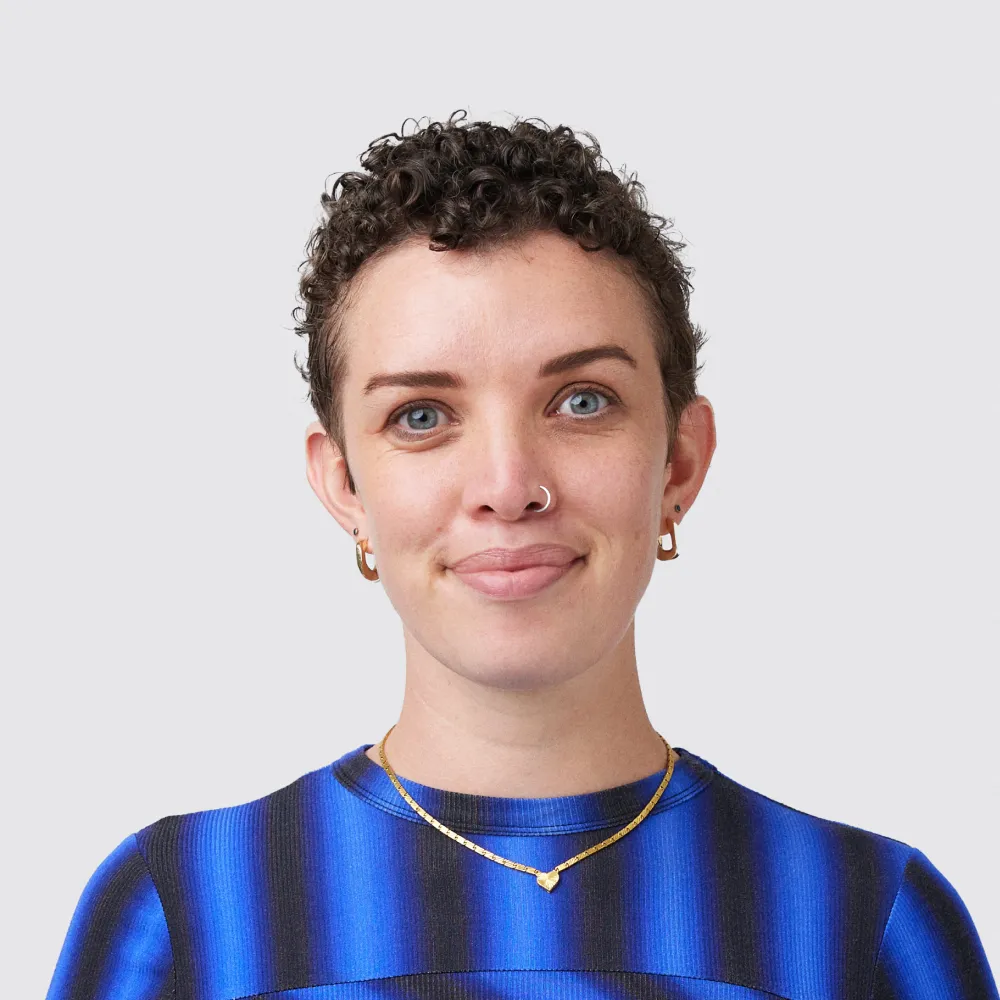Brett Murphy, Operations Manager Brimbank Local , cohealth
Kate Bensen, Storyteller at Today
The Brimbank Mental Health and Wellbeing Local started as a phone-based service in October 2022. After the building and fit-out of their new site was completed in March the team has been supporting a diverse community to not only receive but design the support they need. Now consumers can access a wide range of clinical and non-clinical services all in one place.
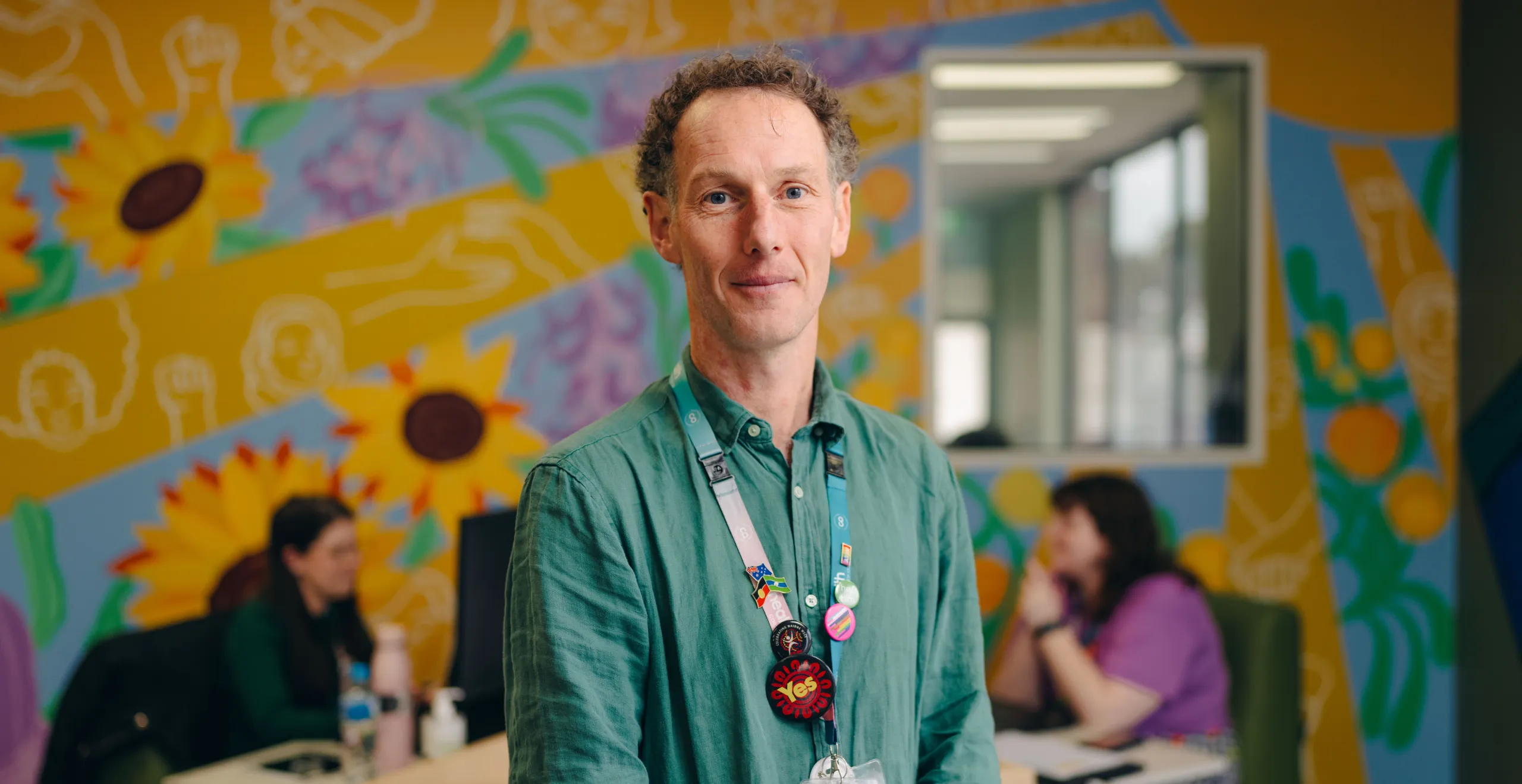
How does The Local work?
We support people with their mental health who are 26 and over and have a connection to the Brimbank area. So that might mean that they live here, work here, provide care, study, or do recreation in the Brimbank area.
People can access the service in a variety of ways. They can just walk in, or they can phone or email us.
Our first point of contact when someone walks in is with one of our lived experience team. They’ll start with the question, “How can we help?”
That allows us to unpack a little bit about what somebody's seeking support for and it allows us to explain in a little bit more detail what our service offerings are.
If somebody's interested in progressing, we'll register them to be a consumer and then we progress to doing a brief intake assessment with them.
One of the learnings that we've had from setting up The Locals is that we know the intake process and access requirements can be a real deterrent to people seeking mental health support.
So we do our best to try and make the process as efficient as possible, and as less onerous as possible as well.
Some of the things that help are that we don't require a referral, we don't require a Medicare card, and there are no fees for the service. They're just some small but significant ways to make access a bit easier.
After the initial conversation, if they want to keep working with our service, then we'll do an intake assessment and set them up to work with one or multiple of our disciplines from the clinical or wellbeing staff that are on site.
In our clinical team, we've got psychologists, OTs, mental health nurses, some GP support, a psychiatrist and an art therapist.
In our wellbeing team, you'll see a number of our peer workers both from a consumer and a carer perspective. We have a recovery coach, an Aboriginal social and emotional well-being worker, a Vocational worker, a community engagement officer and a link worker who works on a project around social prescribing.
Sometimes people are very clear when they come in about who they want to receive help from, and others are less sure, so in that initial conversation we will try and unpack that with them.
The support can be either one-to-one or in groups. And once we’ve established a good relationship with people we can also provide support out in the community or in their homes.
Some of the things that help are that we don't require a referral, we don't require a Medicare card, and there are no fees for the service. They're just some small but significant ways to make access a bit easier.
Brett Murphy
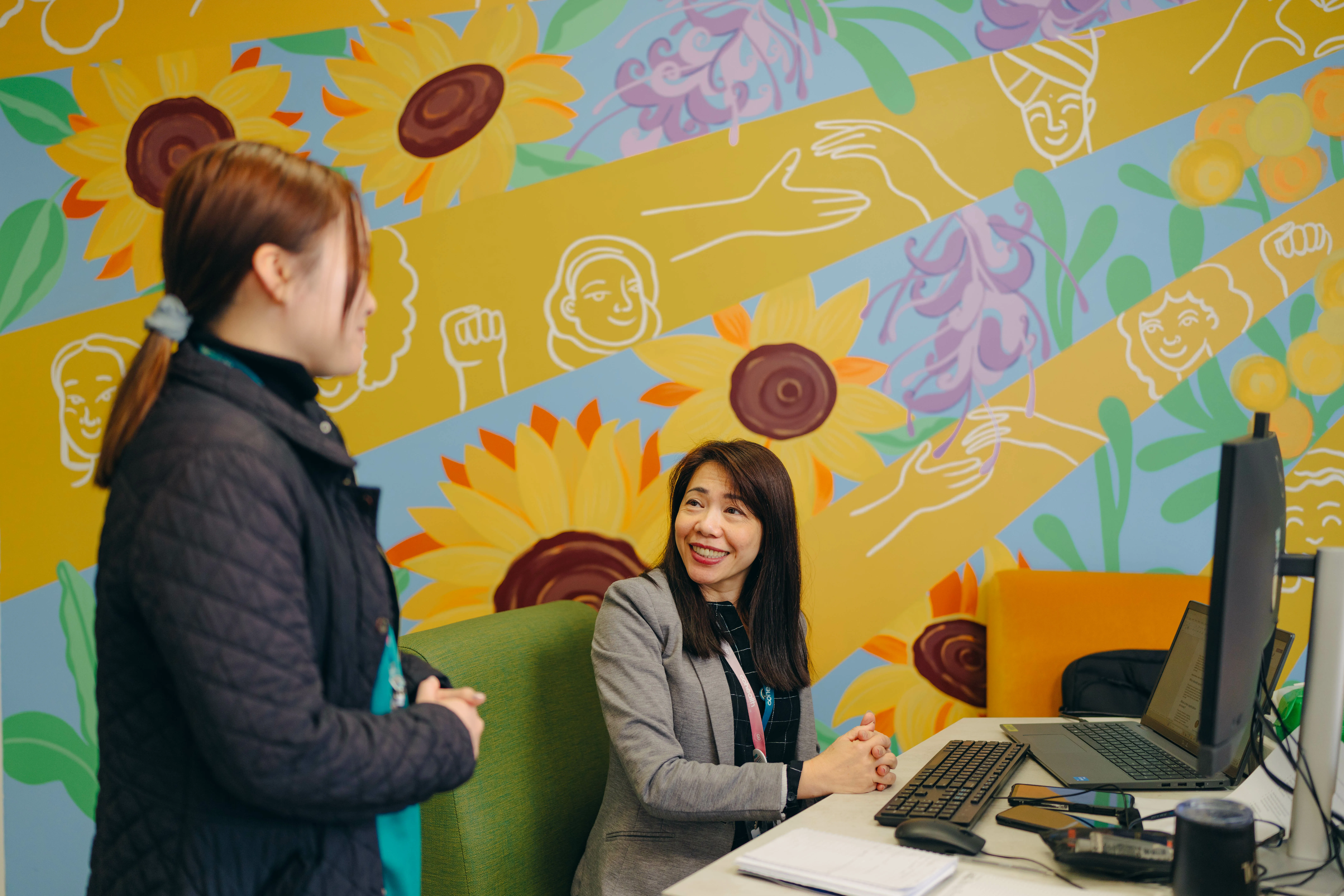
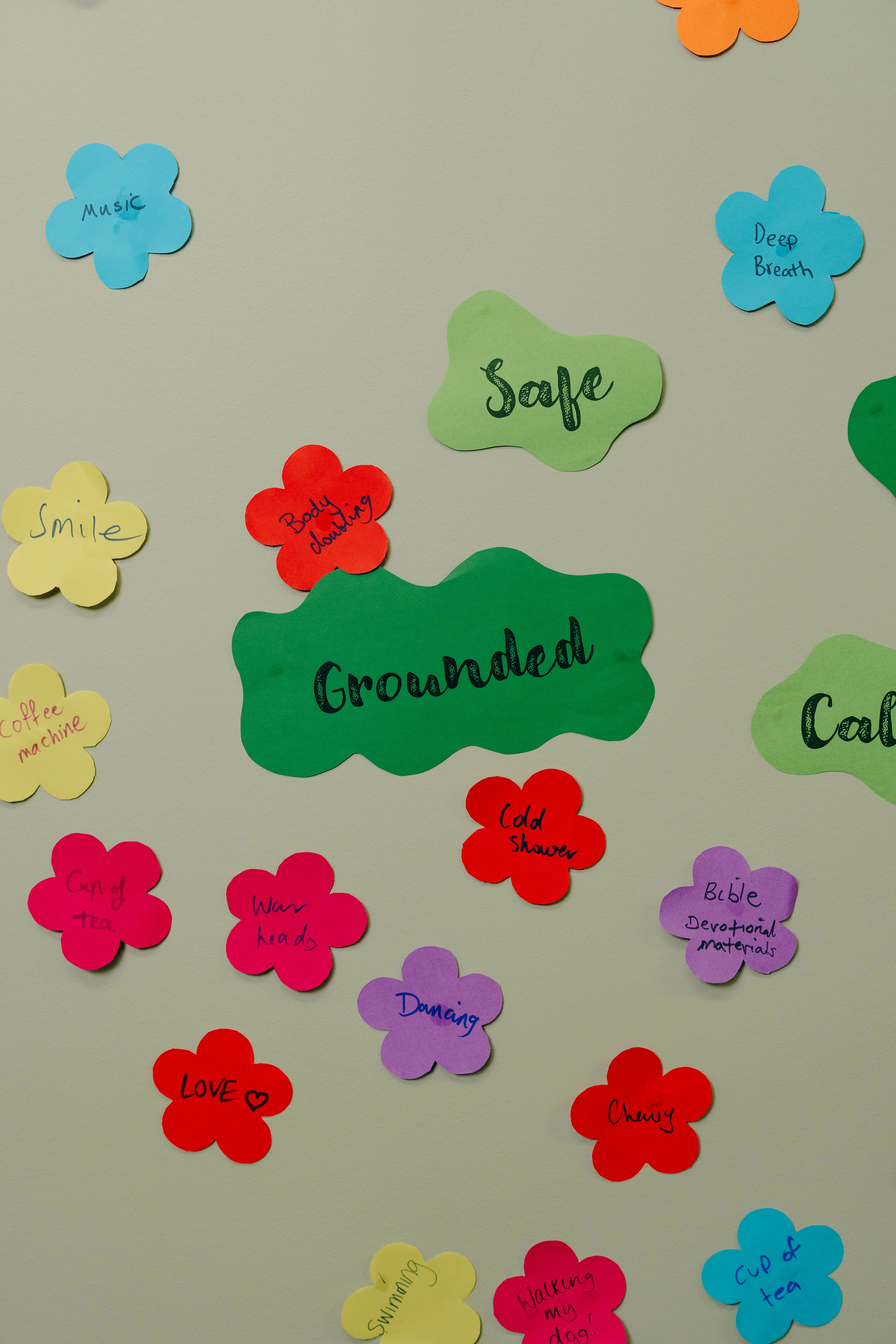
In the bigger ecosystem of health providers, what makes a place like this special?
What has been unique about being a mental health service is the breadth of support that we can offer. Traditionally, mental health services have probably either been clinical or non-clinical. It’s unique to have both areas in the one multidisciplinary team like we do. There are some examples where it has happened a little bit, but not at this scale.
The other thing is access. We want to make it as simple as possible. Not needing referrals and not having any fees makes it attractive—particularly when it can be a pretty complicated system to navigate.
Both these aspects make it a very different offering for consumers and also certainly for the staff who are working in the space. We’re able to be flexible with the type of support people can access and be flexible with a mix of on-site or outreach.
Can you tell me more about the role that the lived experience peer support workers play?
Our lived experience team is at the forefront of the service we deliver.
Our model has been set up so that people’s first interaction will be with somebody with lived experience. It’s allowed people to feel really welcomed and in instances where they’re not sure what they’re coming in for, it puts them at ease quickly and allows them to unpack what options they might want to try.
In terms of representation on the team, they're our highest proportion of staff and that’s reflected in the services that we’re delivering at the moment. We have a peer leader for that team, a lived experience practice excellence coach who provides support, as well as support and connection with other peer workers across the organisation.
...people’s first interaction will be with somebody with lived experience. It’s allowed people to feel really welcomed...
Brett Murphy
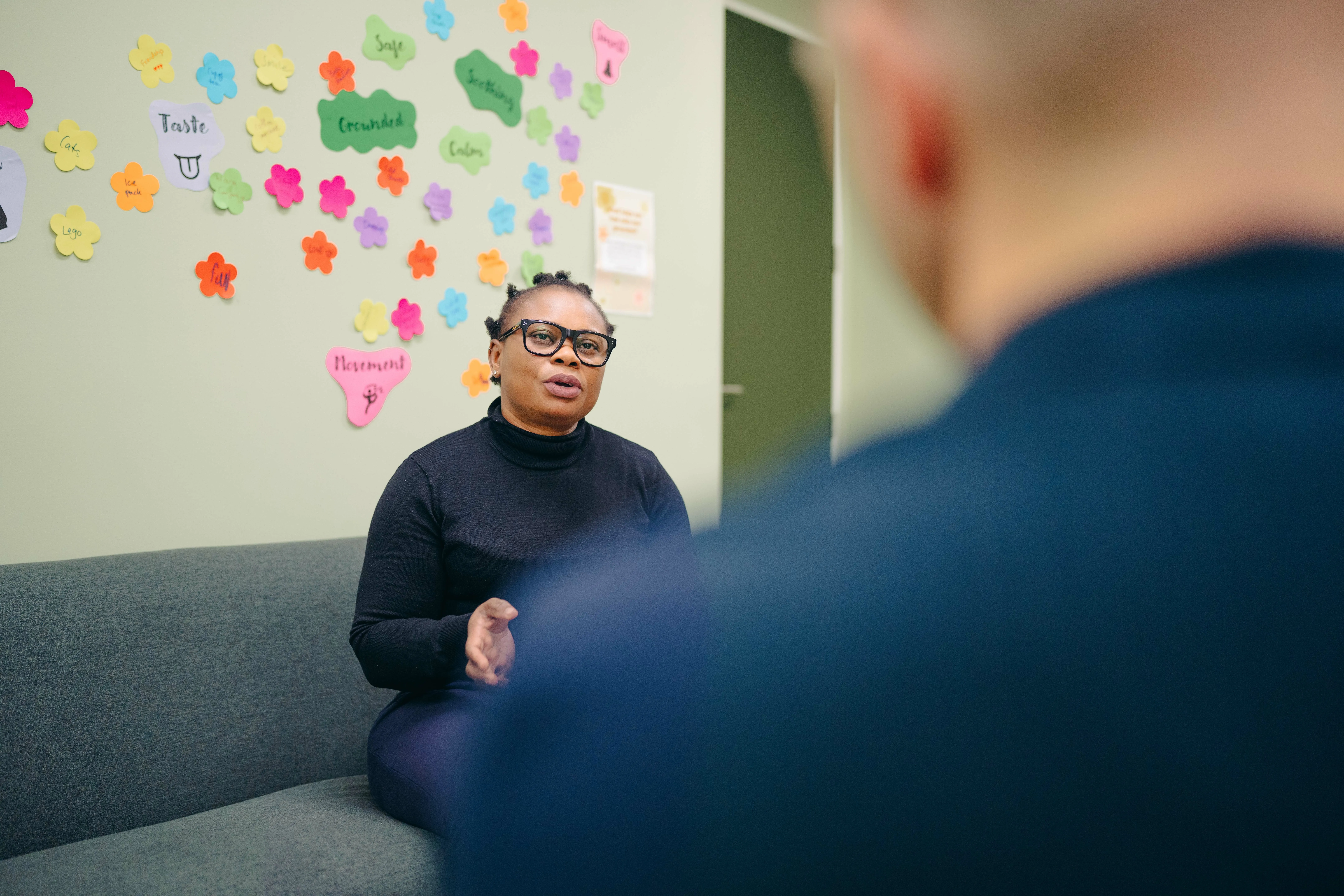
How important was community co-design in the lead-up to the opening of the Local?
It was critical. We're very grateful for the energy and effort put into that, particularly as we were waiting to fully open. We’re a new piece of the service system puzzle for Brimbank, so it was important to get clear on what we’re here to do.
And we needed to do that with the community. We needed to listen to the community about where they were noticing gaps in services and also learn about what would make them want to access the service or not.
In Brimbank, there are so many organisations that we want to connect with and work with. Both government, non-government, and community-led. We’ve been pretty persistent in reaching out and making contact but we know we’re probably still just scratching the surface. There are plenty of opportunities to connect and collaborate.
In the early days, we worked with Today to help us with bridging a connection to the community. From that process, we learnt that we were going to need to have dedicated resourcing in that space. So we changed our workforce to include a community engagement officer.
They've been awesome at doing a lot of those introductions to the service and inviting community groups in to test out the space, hear about our service, and trial a few introductory sessions.
They are truly tireless, but we also know that we could clone them and there would still always be opportunities to connect. That role though has made some really strong early connections, and we will keep building on those.
Our design and our community engagement team has continued on from the work that we did with Today in the early days. That same group of people have been kept active, they were invited to our launch event, and we’ve continued to set up meaningful activities for those people to be involved in.
It means that we have a really good pool of people to call on as needed to design new aspects of the service and internal spaces.
We're also looking to establish a community reference group of about ten to twelve people soon. We've got an expression of interest out at the moment for people to join a group who would meet fairly regularly with our operations team. The group works in two ways, with the community members identifying opportunities themselves and our service team will also be able to ask for advice on topics like the physical service, the hours we operate, the outcomes we want to measure and so on. We’re excited to get that advisory group up and running.
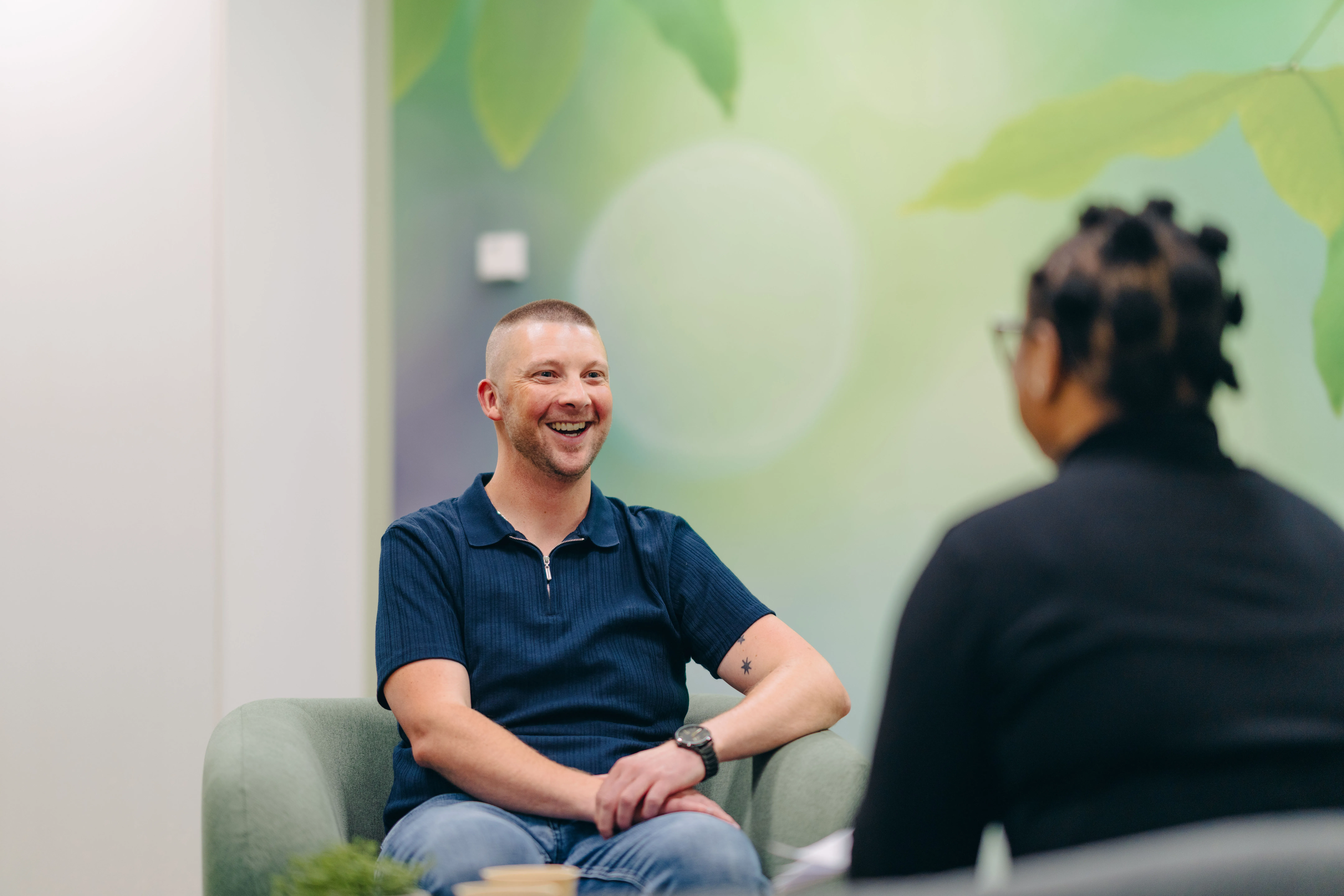
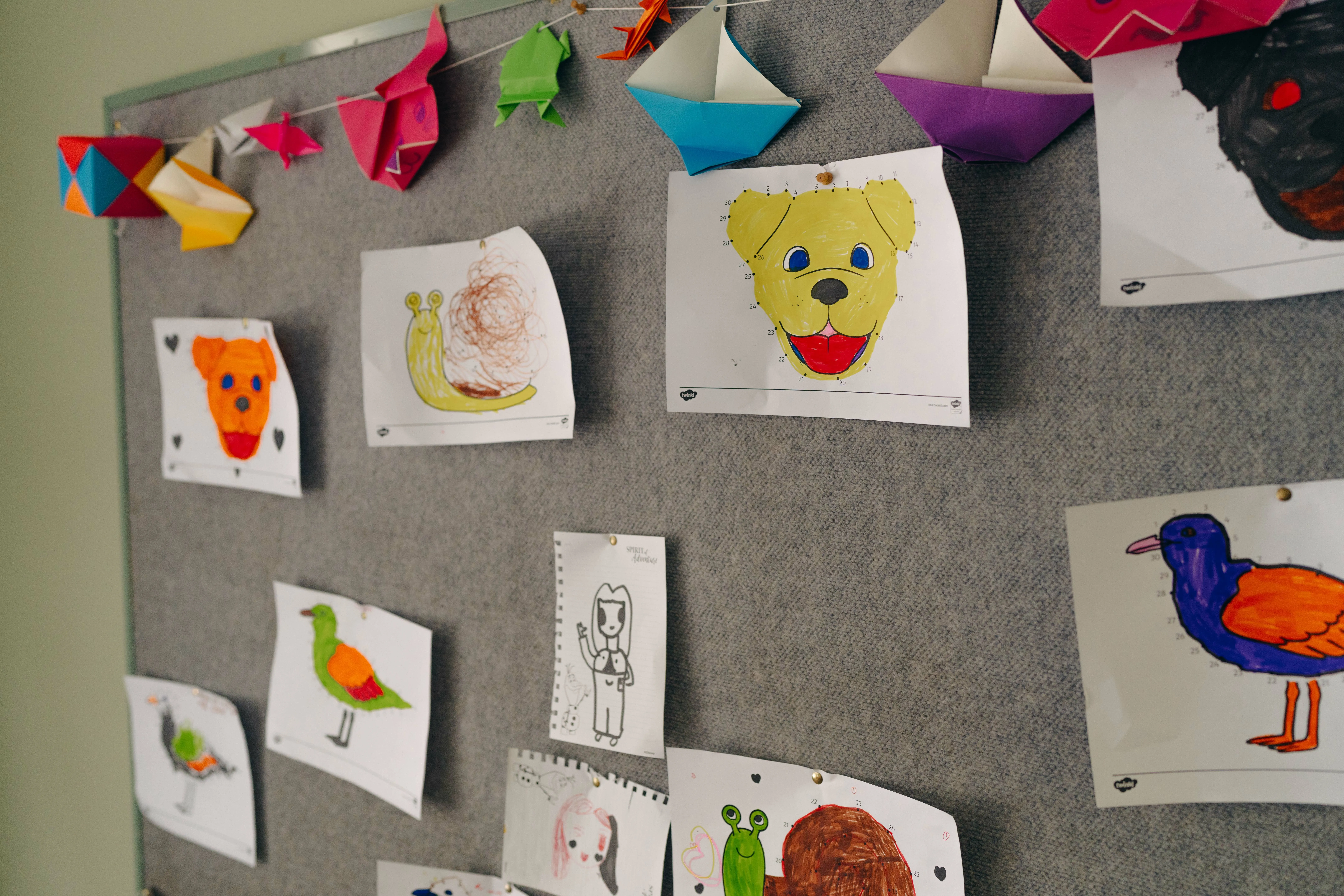
Are there any learnings from those early engagements with the community that you can share?
It’s not entirely new information but it was validated that awareness of or even the concept of mental health varies quite a bit between different cultures, and so does the confidence to trust in services to support that.
We know about the stigma or the various other barriers that exist for people wanting to talk or understand mental health.
So having a fairly informal session or an activity where people can just connect with the service has been really important to start those conversations. What we've then found is that people have opened up to it quickly.
After people open up and say that they want to know more, our next challenge is to gently get more focussed on whether that’s because it’s in case they have an issue in the future or that they might already be ready to become a consumer of a service.
Sometimes that’s not clear, but other times people can then explain that they are having certain issues and that they would like someone to help them.
For others, it could be as simple as, “I've enjoyed the activity, and if I could do more of that, that would be good.” This gives us an opportunity to unpack that more and it might be that we can offer them a good service or help them access it somewhere else in the community as well.
So it might be that we, we unpack that more and they, they, they might be what we can offer or it just gives them a door to access it somewhere else in the community as well.
Sometimes we invited other groups in to just use the space. It might be facilitated by staff or we've at least set it up and the community leaders themselves do the hosting. That's been an effective way for people to get that first contact with the site and with the services we offer.
Through our bicultural worker program, for example, people with a strong connection to the community have led those consultations and they've determined what those activities will be.
We've had community moments where the Iraqi women's group have run shared exercise groups and then that’s led into running a tapestry group. So it was a very subtle link there into our mental health programs, but it was facilitated by us in an indirect way.
The Eritrean population centred their activity day around a local soccer tournament that allowed the chance for talking about mental health, but it wasn't badged as that. This style of community engagement and interaction is great.
Is there a story of change for someone in the community since you’ve opened that you can share?
Two different examples come to mind…
There was a person who came in who had worked with the area mental health service before, and had periods of being hospitalised for their mental health with evidence of self-harm present.
After leaving the hospital, they were directed to come and introduce themselves here. And to their credit, they did, but they weren't sure what that was for.
Firstly, they had physical wounds to attend to which allowed our nurse to help check them out. But more importantly, pretty soon they started to have conversations with our peer support workers on site and while it was slow going at first, they were gradually able to open up about what they were experiencing, what their hopes were, and what they wanted to work on.
They were living in their car at the time with their dog, so we helped them to find accommodation again. That’s a big part of our role, connecting with other providers who have that expertise.
In terms of our team, they’ve worked with the peer support workers, our psychologist, a vocational worker, and continued to work with the nurse. The support has flexed depending on what the person’s needs were and we were able to offer them a range of help all from one site.
This person progressed to a point where they were keen to start talking about their future, and with the right support, now they're back at work and have stable accommodation. When they came in here the other day they were apologetic for being slightly late because they’d been out camping for the weekend, and that was fantastic, because that’s something they’d wanted to do for years.
Now they'll come in for appointments, but they'll also just come in and use the space now and again. It's nice to know they can just come in when they want to, and that someone will be on hand to support them.
Another example is that the other day we had someone come in one morning in crisis. They had been the victim of an assault the night before, and I won’t go into the details, but it was quite horrible. They had been given our contact details by the police, which is one of the community connections that we've been able to make.
So they presented here quite early that morning and they were in a fairly bad way in terms of their both distress and their mental health presentation. Once we got talking to them, there was a lot going for them, including not being sure where they were going to be able to stay that night.
This is an example of where they didn’t know what kind of support they were going to be able to get here, and had just taken the advice of the police to come in.
In that instance, one of our peer workers was able to check in with them and calm down the situation quite a lot for that person.
We had a psychologist on-site at the time who could, again, help them process some of that immediate trauma and give them immediate support.
That person spent a fair bit of the day here and came and went a little bit as they needed to follow up on some things. But by the end of the day, they had a support plan in place for housing, and if they did want to get more mental health support, they knew where to come back to.
That’s an example where somebody didn't want to register or do a full intake, but they were able to access immediate support and leave at the end of the day with a clearer plan in place for themselves.
It's nice to know they can just come in when they want to, and that someone will be on hand to support them.
Brett Murphy
